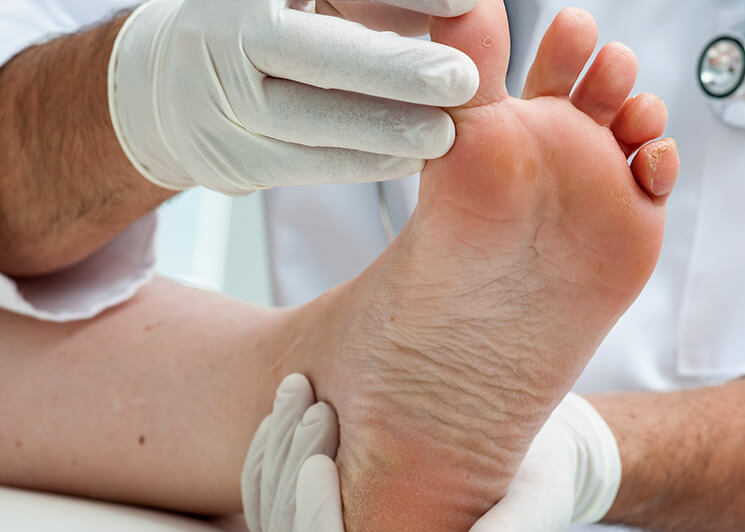Diabetes can cause foot problems, such as nerve damage, poor circulation, and foot ulcers. Insoles are helpful in diabetic foot care preventing and managing these problems for people with diabetes.Diabetic insoles are designed to help prevent these problems by providing extra cushioning and support for the feet, reducing pressure points, and promoting better circulation.Diabetic insoles are designed specifically for people with diabetes.It is important to note that diabetic insoles help prevent foot problems for people with diabetes, but they are not a substitute for proper foot care and regular medical checkups. People with diabetes should always monitor their feet for signs of injury or infection and seek medical attention if necessary. Visit a diabetic foot care clinic to consult with a podiatrist before using diabetic insoles.
Ways insoles are helpful for people with diabetes include:
- Reduce pressure points by distributing pressure evenly across the feet, reducing the risk of developing foot ulcers.
- Provide extra cushioning to protect the feet from injury and provide comfort.
- Improve circulation in the feet, which can help prevent or manage foot problems associated with diabetes.
- Prevent foot deformities common in people with diabetes.
- Improve balance and stability which is important for people with diabetes who are at increased risk of falls.
Diabetic insoles typically have the following features:
- Extra cushioning because they are made with softer, cushioned materials than standard insoles. It reduces pressure on the feet and minimizes the risk of developing foot ulcers.
- Custom-fitare shaped for extra support and reduce the risk of rubbing or friction.
- Moisture management. Diabetic insoles have moisture-wicking properties, which keep the feet dry and reduce the risk of fungal infections.
- Antimicrobial properties that reduce the risk of infection.
- Shock absorption properties reduce the impact of walking on the feet.
There are various types of insoles available designed to address specific foot problems and needs.Diabetic foot issues can be very uncomfortable to live with. If you are experiencing pain with your diabetic foot ulcer or wound, contact the podiatrist Houston at DeNiel Foot & Ankle Center for the care you need to keep you pain-free.
Other insoles to consider:
- Cushioning insoles are designed to provide extra cushioning and shock absorption for the feet. They are often made of soft materials such as foam or gel and can be helpful for people who spend a lot of time on hard surfaces or have foot pain.
- Arch support insoles are designed to support the arch of the foot and promote proper alignment. They can be helpful for people with flat feet, high arches, or other foot problems that cause over pronation or supination.
- Heel cups and inserts provide additional support and cushioning for the heel, which can be helpful for people with heel pain or plantar fasciitis.
- Orthotic insoles are designed to fit the specific shape and size of the foot. They can be helpful for people with severe foot problems that require specialized support.
- Sports insoles are designed for use during athletic activities for additional support and cushioning of the feet. They are made of specialized materials to improve shock absorption and reduce friction.
- Insoles for specific shoes to fit specific types of shoes such as dress shoes. These insoles may be thinner or specialized to fit the specific needs of the shoe and the foot.


